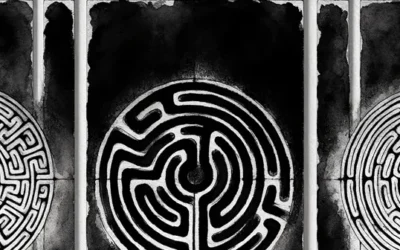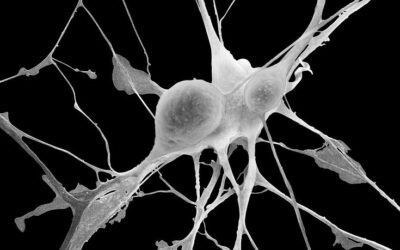What is Manifestation in Psychology?

Manifestation, the practice of bringing a desired outcome or goal into reality through positive thinking, visualization, and intentional action, has gained significant attention in recent years. This article explores the power of manifestation and provides guidance on how to harness its potential to turn dreams into reality.
The Principles of Manifestation
Clarity of Intention:
The first step in manifestation is to have a clear, specific idea of what you want to achieve or attract into your life.
Positive Thinking:
Maintaining a positive mindset and focusing on the desired outcome rather than dwelling on obstacles or limitations is essential for successful manifestation.
Visualization:
Regularly visualizing yourself having already achieved your goal, engaging all of your senses and emotions, helps to align your subconscious mind with your desired reality.
Affirmations:
Repeating positive affirmations, or statements that affirm your goals and desires as already being true, can help to reprogram limiting beliefs and cultivate a sense of confidence and self-belief.
Inspired Action:
While manifestation involves harnessing the power of the mind, it also requires taking inspired action towards your goals, being open to opportunities, and trusting in the process.
Techniques for Effective Manifestation
Gratitude:
Cultivating a practice of gratitude for what you already have in your life can help to shift your focus from lack to abundance, attracting more positive experiences and opportunities.
Scripting:
Writing out your goals and desires in the present tense, as if they have already been achieved, can help to clarify your intentions and engage your subconscious mind in the manifestation process.
Vision Boards:
Creating a visual representation of your goals and desires, using images, words, and symbols that resonate with you, can serve as a powerful reminder and motivation tool.
Meditation:
Incorporating meditation into your manifestation practice can help to quiet the mind, increase self-awareness, and promote a greater sense of inner peace and alignment with your intentions.
Letting Go:
Paradoxically, the final step in manifestation is to let go of attachment to the outcome, trusting that the universe will conspire to bring about your desires in the most beneficial way possible.
While the concept of manifestation has gained popularity in recent years, it is not without its critics. Some argue that the emphasis on positive thinking and visualization can lead to a denial of reality and a failure to address underlying issues or challenges. Others caution against the potential for manifestation to promote a sense of entitlement or a belief that one’s desires should always be fulfilled, regardless of the impact on others.
It’s important to approach manifestation with a balanced perspective, recognizing that while the power of the mind can be harnessed to create positive change, it is not a substitute for hard work, personal responsibility, or ethical behavior. Manifestation should be viewed as a tool for personal growth and empowerment, rather than a magic solution to all of life’s challenges.
In conclusion, the power of manifestation lies in its ability to align our thoughts, emotions, and actions with our deepest desires and goals. By cultivating clarity, positivity, and inspired action, we can harness the potential of manifestation to turn our dreams into reality and create lives of greater purpose, fulfillment, and abundance.
Types of Therapy


























0 Comments